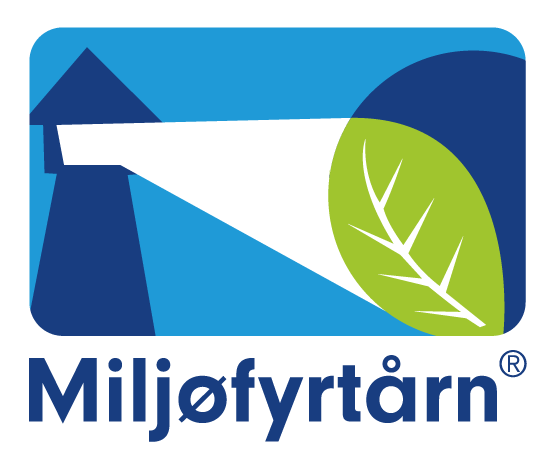Our history

Linstow was founded by the bank, Sparebank NOR, in 1990 to safeguard and develop the properties it had repossessed in the wake of the financial crisis in the late eighties.
Throughout the nineties, Linstow bought and developed several landmark buildings and development projects. Among the most renowned are Aker Brygge, Smestaddammen, Stortingsgaten 6, and Ibsen quarter. At the same time, the company started to buy hotels in Riga and Vilnius.
In 1998, Linstow and the listed Nydalens Compagnie merged, and Linstow ASA became Norway's second largest listed real estate company. The company also expanded its venture into the Baltics by purchasing and developing several shopping malls.
In 1999, Awilhelmsen AS acquired Linstow and the company was delisted. Over the next few decades, the business expanded greatly with several key development projects. Posthuskvartalet is one of them, but the most famous was probably Bjørvika, Norway's largest development project. Linstow collaborated with Entra and Bane NOR through entity, Oslo S Development (OSU). Bjørvika consist of offices for big corporations, close to 2000 apartments, shops, restaurants, and cultural offerings.
In parallel with transforming Bjørvika, Linstow sold the properties at Aker Brygge to expand further in the Baltics. It established a shopping center division in Riga, and the company became a leading player in hotels and retailers in the region.
In 2012, Linstow acquired Romerike Health Center. This was the start of the company's strategic health initiative. Linstow at the same time, enters the development project, Bergen Business Park with a 50 percent stake. Several properties in the Oslo area were also acquired, and extensive development continued in the Baltics. In addition, Linstow became the largest owner of Fredrikstad Health Center.
In the 2020s, the company strengthened its position in Oslo. Linstow acquired a stake in OSU and stands as a 50% owner together with Entra. A new transformation project in Kvadraturen and an urban development of the former Veterinary College are major investments. At the same time, work is underway on expanding Romerike Health Center by doubling the original area. The health initiative is also strengthened through the research and innovation project, Building Health, developing knowledge about how buildings and communities can promote health in practice. In addition, Linstow starts the development of Sjøparken Agnes. The company has strong growth ambitions – and are building organization and expertise within urban development and health.
In Riga, Linstow is now an urban developer as in Norway. Centrally located in the city, the company has acquired several blocks that over time will be transformed into attractive multi-functional urban area containing offices, housing, education, trade, and culture.
